Typography – The style and appearance of letters when printed
(Pronounced tye-pog-ruh-fee)
Typography is the arrangement of type, which includes letters, numbers and symbols.
To remember the meaning of typography is related to letters use the following mnemonic:
The giant typed the words "I want to be a photographer" (typography) and stood the page up in front of us. The letters really stood out.
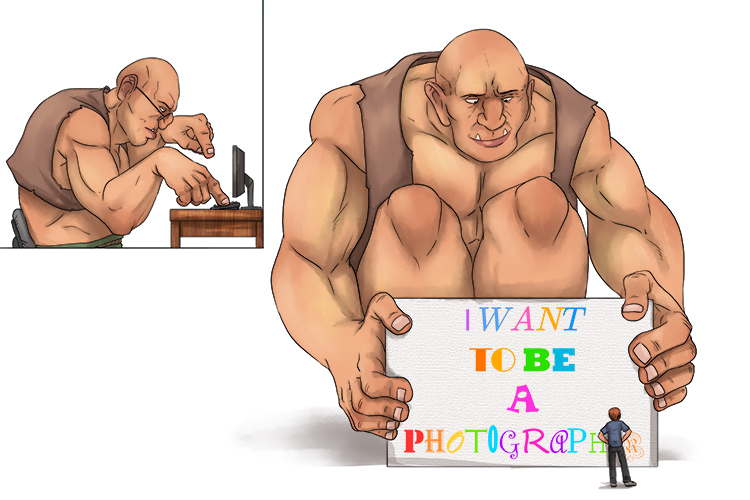
Typography is what you are looking at right now as you read this text. It is what is printed after you have typed. It's the typeface on the screen. Notice, for instance, how one lower-case t is exactly the same as another lower-case t.
Designers of a printed page have to decide the typeface for it:
- The font (see Mammoth Memory English "what is a font?")
- Whether or not it has serifs (see Mammoth Memory English "what is serif and sans-serif?")
- The font size (see Mammoth Memory English "What is font size?")
Thousands of typefaces have been created through the years of using printing presses and now computers.
Gone are the days when moveable type would be hand assembled on a composing stick using pieces that are stored in a type case.
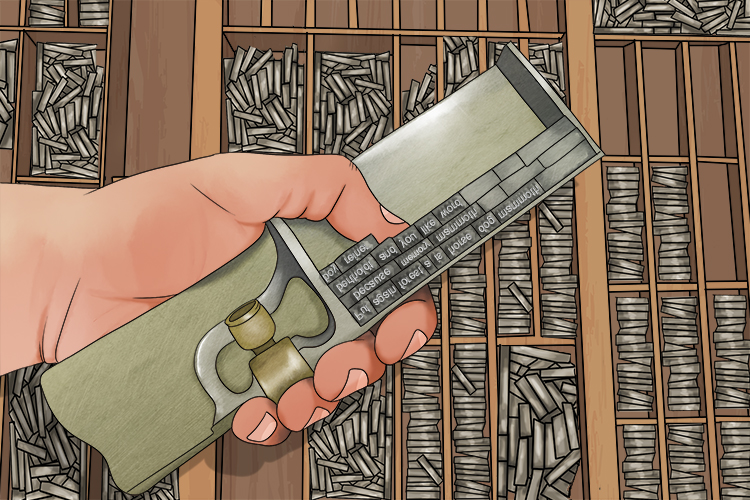
And then using a hand press printing machine.
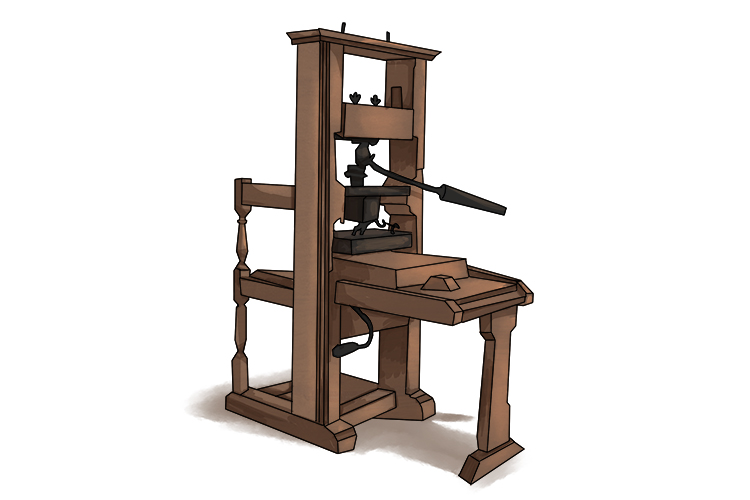
Typefaces you may know include:
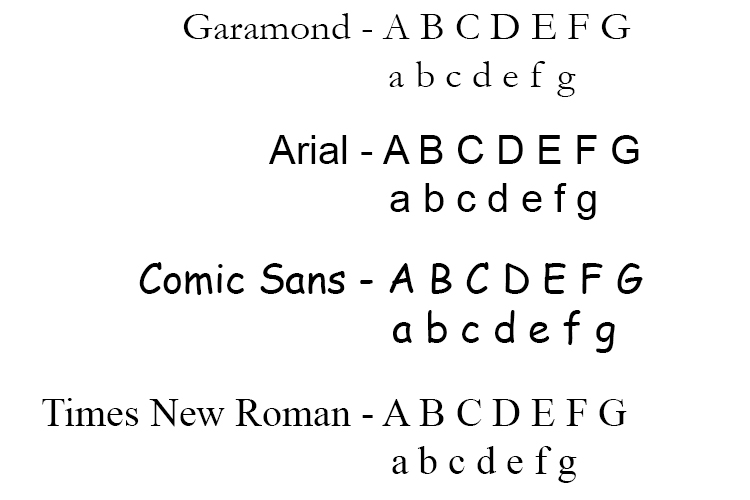
How do you decide what typeface to use? (See mammoth Memory English "how do you decide what typeface to use?")
However, what can be confusing about typography is that type designers can create typography but artists and graphic designers can use these letters (otherwise called font files) to create designs.
Artists have created typography gallery walls:
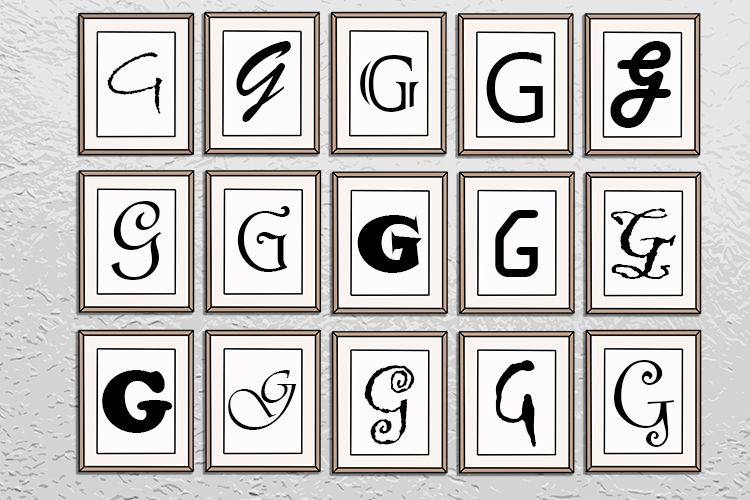
And personalised eye charts:
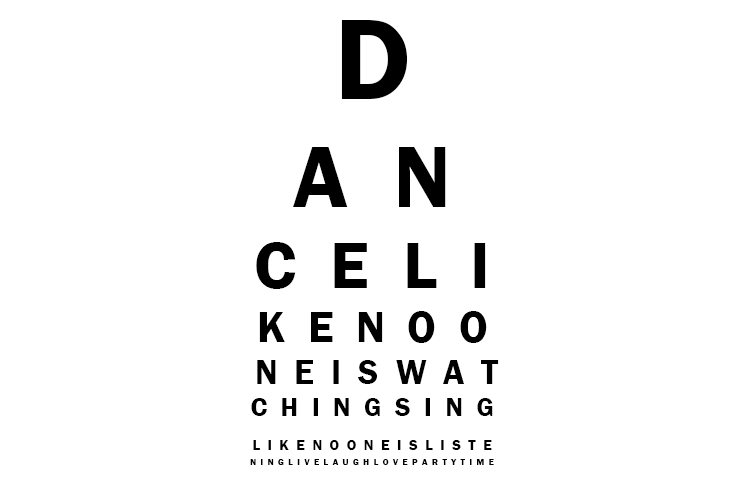
And created interesting business cards:
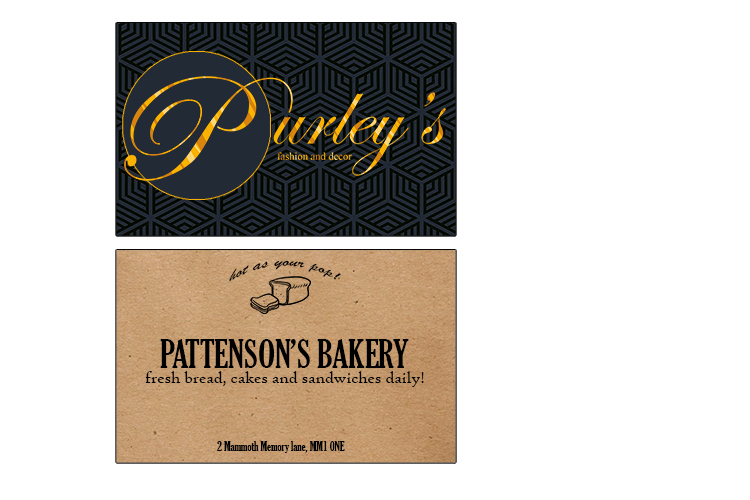
Typography is an important industry.




